Signs of the appearance and methods of dealing with a nematode on strawberries
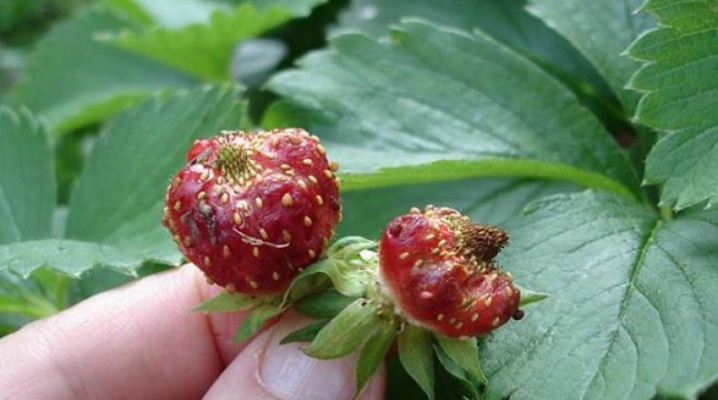
The appearance of a nematode in a garden strawberry garden causes a lot of inconvenience to gardeners. This parasite infects the fruits and roots of seedlings, impairing the quality of the crop and its quantity. To protect garden strawberries, it is necessary to closely monitor the berry beds, disinfect in a timely manner and add nutritious dressings to enhance the plant's immunity.

Description of the nematode
Nematoda is a small parasitic worm from the group of primostomes, it is considered an enemy of fruit and berry crops. In total, there are over 20 thousand of their varieties in nature. They affect not only plants, but also animals, and even humans, they can live in water and in the ground. In strawberry varieties, the mouth resembles tongs, with them the pest clings to the berries and leaves of the plant, leading to their death. The peculiarity of the parasite is that they have developed resistance to most pesticides, so it is very difficult to remove them.
Depending on the place of localization on strawberry bushes, 2 types of nematodes are distinguished.
-
Stem... It is localized mainly on the stems. It parasitizes on the central shoot, and leaves clutch in leaf rosettes. Often it penetrates into the fruit, from where it can enter the human body - this leads to helminthiases, causes poisoning and other gastric dysfunctions.
-
Root... It mainly lives in the ground and attacks the root system of strawberry bushes. It can spread to the shoots, therefore, it leads to the death of the plant faster than the stem.
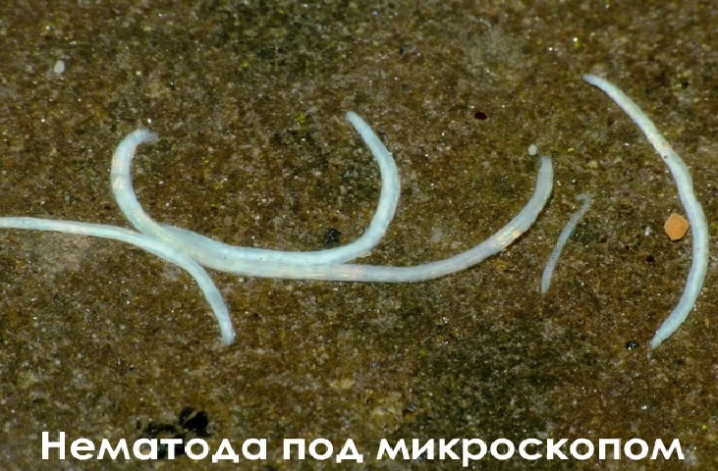
The differences between these types of nematodes are rather arbitrary. Both the one and the other can live both on the surface of the plant and in the ground. Both cause severe damage to the berries.
The appearance of a roundworm on bushes of garden strawberries is unpleasant in itself. However, this is far from the only problem that the appearance of this worm entails. Infection of strawberries leads to a decrease in the immune defense of the plant and, as a result, the development of infectious diseases.
In addition, the parasite itself often becomes a carrier of fungal microorganisms and viruses.
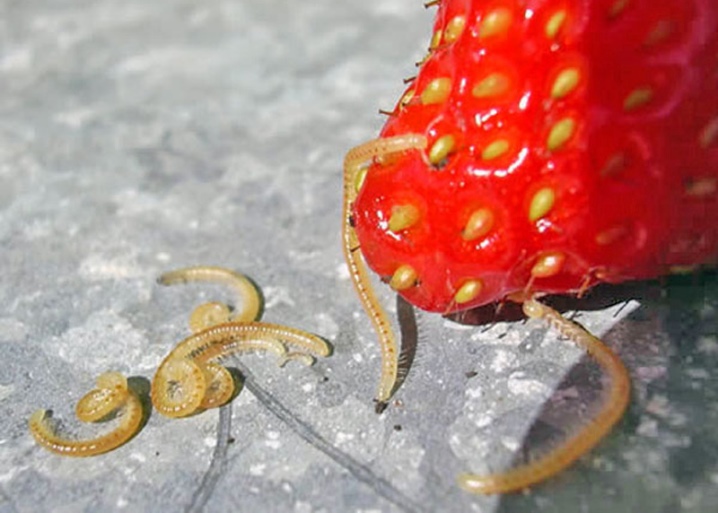
Most often, bacterial rot appears on garden beds, which develop rapidly against the background of a general weakening of the body. But viruses associated with nematosis are much more destructive for culture. Their pathogens can persist in the body of the carrier for several years, and in the ground for up to several months. Today, most of the viral plant pathologies are incurable.
The defeat of berries by a nematode is fraught with dangerous consequences for people. Like any parasite, the nematode parasitizes not only on the vegetative mass, but also on the fruits. The use of such a berry is fraught with poisoning. Usually, it gets by with mild dizziness, lethargy and tolerable stomach cramps. But sometimes intoxication leads to sad consequences: skin allergies, vomiting, loss of appetite, spasms and muscle pain. In order to prevent the appearance of such symptoms, the berries must be washed in warm water before eating.
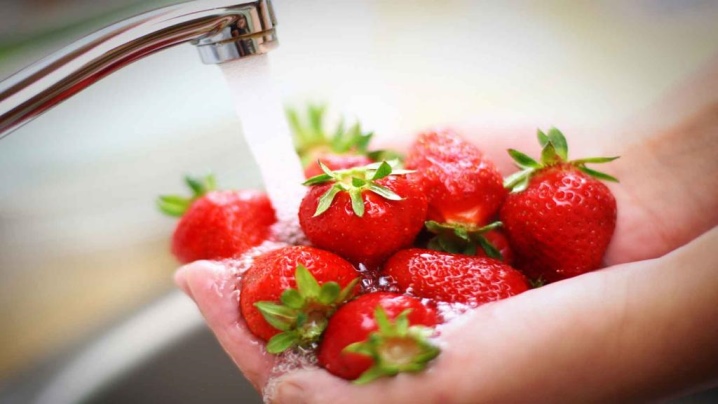
Causes and signs of appearance
Nematoda affects strawberries under specific conditions.
Soil acidity - 5.5-5.9 units... This is the maximum permissible level of acidity of the substrate in which the worm is able to live, with other indicators of infection will not occur.
Ambient temperature - + 25-30 degrees. If it is cooler or warmer, the larvae remain passive.
Risk factors include decreased immunity in strawberries due to nutritional deficiencies, drought or, on the contrary, excessive moisture.
But the main reason for the appearance of a roundworm is the planting of infected seedlings.
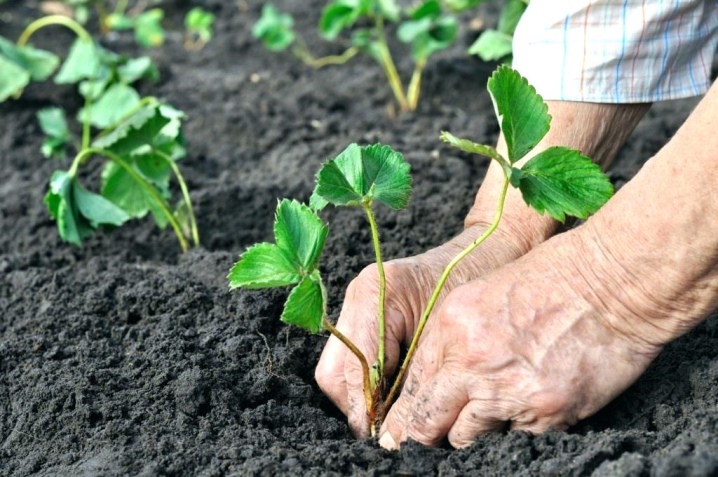
If you notice the parasite on the infected berry bushes in time, you can save the culture quickly and easily. However, the difficulty is that these worms are too small and difficult to detect. The main symptoms of infection are:
-
reducing the amount of gun covering the bottom surface of the sheet;
-
the appearance of tubercles and galls;
-
leaves gather in an accordion, become tough;
-
green color gets unnatural intensity and gloss;
-
the formation of dark spots;
-
shortening and deformation of the petioles;
-
reduction in the size of leaf plates and berries;
-
the middle stem becomes covered with swellings and begins to die off;
-
changing the color of the cuttings to crimson;
-
the outlet looks misshapen.
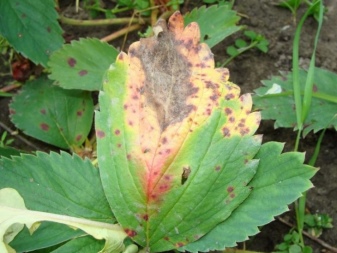
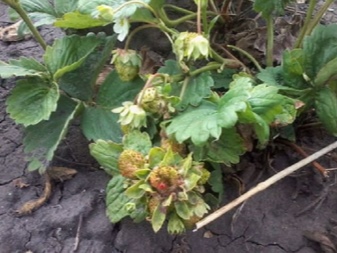
These are visual signs of a strawberry nematode infection. However, most often they become visible when the state of the strawberries is already deplorable. Therefore, to confirm your suspicions, you can conduct a couple of small experiments.
Dig up one of the bushes and carefully examine the rhizome. If it has a nematode on it, the roots will be stunted, and you will notice a large number of small whitish eggs on their surface.
Tear off a couple of leaves, chop and place in a container of water, then put in a warm place. Soon, filamentous worms of whitish or yellow colors will appear on the surface.
Tip: These creatures are so small that it is almost impossible to see them with the naked eye. Therefore, when examining a bush, it is advisable to use a magnifying glass.

The nematoda is often confused with the strawberry mite. The symptoms of infection are indeed similar: the leaves wrinkle and begin to shine, the bushes wither, the crop dies, and the pests themselves are imperceptible due to their microscopic dimensions. But under a magnifying glass it is not difficult to distinguish one from the other: one is a filamentous worm, and the other is a round insect, the difference between them can be seen upon a detailed examination of the bushes.
For reference: nematodes can always be found in the soil in natural conditions, so it is impossible to destroy their entire colony. However, with a small population, these worms will not cause significant damage. Only significant accumulations of nematodes in one area pose a threat. It is this that can explain the frequent cases of single damage to the bushes of garden strawberries, which create "bald spots" in the garden. Total destruction of the crop is extremely rare, this can only happen when thousands of worms accumulate on one square meter of land.
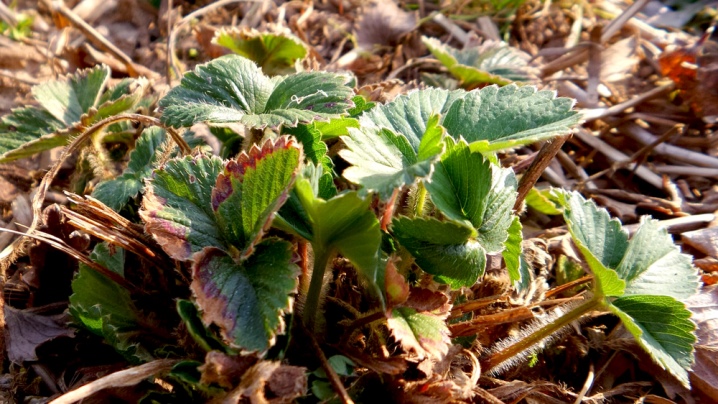
Control measures
The female nematode has the property of becoming a cyst, at this moment up to 1 thousand eggs are formed in it. Visually, it resembles a cocoon with such a strong protective shell that even the most powerful insecticides cannot always break through it. That is why getting rid of pests can be very difficult.
Chemicals
Since it is difficult to fight the parasite on strawberries, many gardeners use toxic drugs. The most common are several.
"Heterophos"
The working composition for spraying strawberries is made up of 10 g of the drug dissolved in 10 liters of water. Spraying of seedlings is carried out at a temperature of + 20 ... 22 degrees. The seedlings should be soaked in the same liquid before planting.
Important! "Heterophos" is a poisonous substance, therefore, when processing the beds, you should use PPE: gloves, clothes that cover your legs and hands, you will need a respirator to protect your respiratory system.
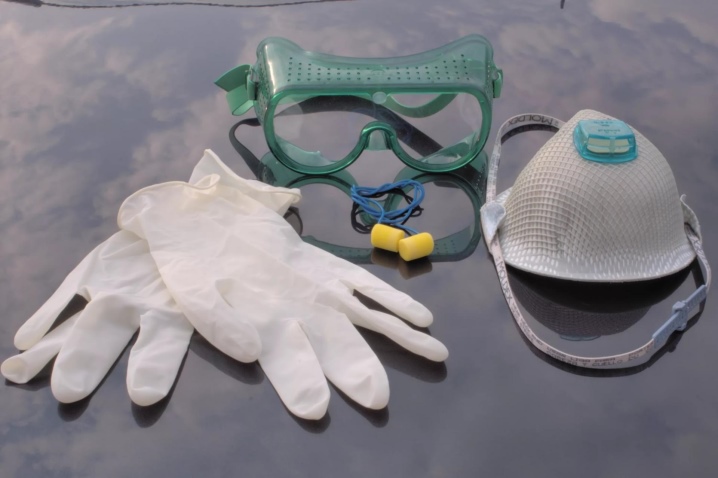
Phosphamtide
For spraying, a 0.01% solution of a pesticide is taken, spraying must be carried out every 5 days.
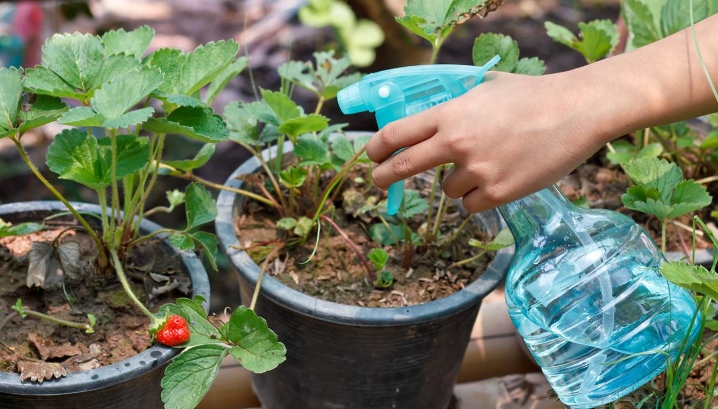
"Mercaptophos" or "Ruskamin"
They are used in the same way as Phosphamtide.
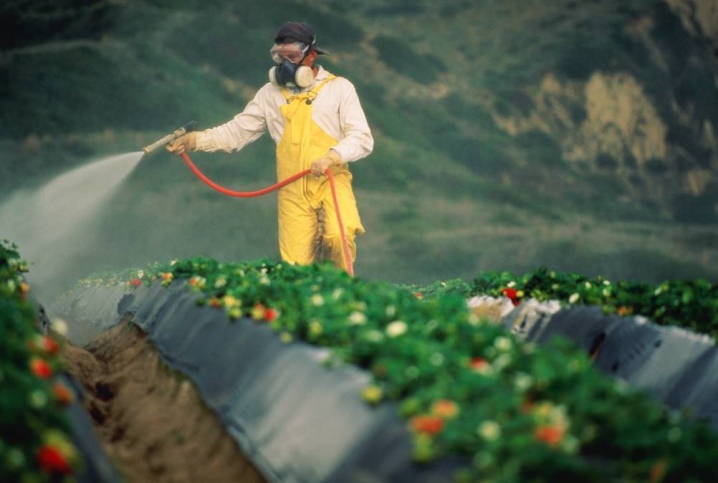
Folk remedies
When deciding how best to process garden strawberries from nematodes, you can dwell on folk methods. They are more gentle, but no less effective. Our grandmothers also used them to reduce the population of the worm to a safe number. Here are just a few of them.
Hot water
This method is used by many gardeners, noting its exceptional performance. The diseased bush is dug up, the roots are washed with running water. The prepared plant is placed in a tank with water heated to + 40 ... 55 degrees, and kept for 15 to 25 minutes. The water temperature and treatment time are determined based on the volume of the lesion. For example, to eliminate sexually mature individuals, +40 degrees is enough, the laying dies when heated to +55 degrees for 20-25 minutes.
Important! It is not necessary to heat the water too much, otherwise there is a great risk of simply boiling the seedlings, in the future such a plant will inevitably die.
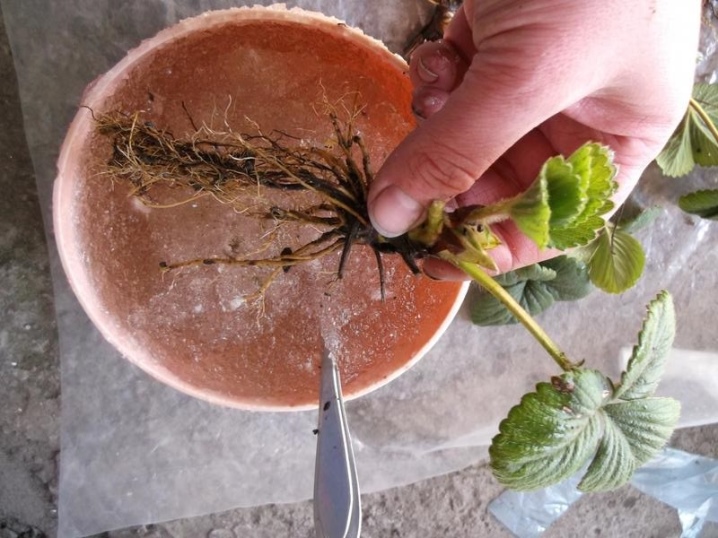
Marigold decoction
For the strawberry pest, marigolds become a strong toxin. The smell of these flowers is attractive to parasites, but their juices have a negative effect on worms. To draw up a working infusion, 3 kg of fresh or dry raw materials are poured into 5 liters of water and placed in a warm place for 2 days. The finished solution should be filtered and used to irrigate diseased bushes.

Infusion of calendula
5 tbsp is introduced into half a bucket of water. l. dried herbs and put in a warm place for 2-3 days. To protect strawberry beds, the ready-made composition is used in the form of spraying on a leaf once every 7-10 days for a long time, to maintain preventive measures - 2 times a month.
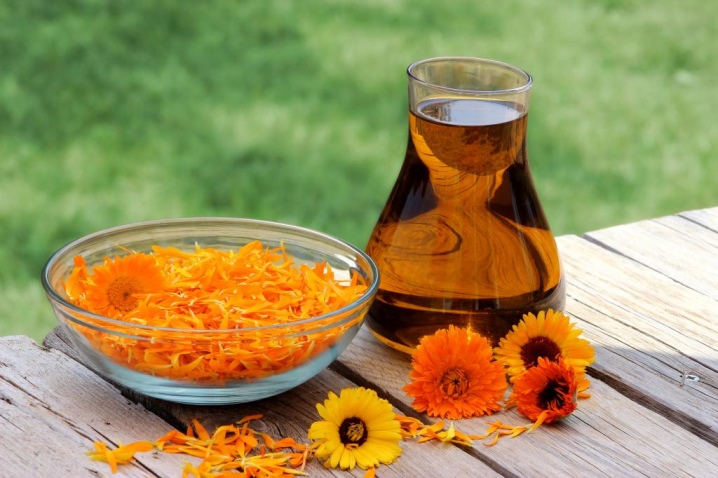
Infusion of hogweed
To make a working preparation, 500 g of grass is poured into 5 liters of water. After a day, the infusion can be used to water the soil under the affected plants.
Important! Do not forget that hogweed is a very poisonous plant. Any work with him and his broths must be performed with gloves and goggles, trying to prevent the solution from getting on the skin and mucous membranes.
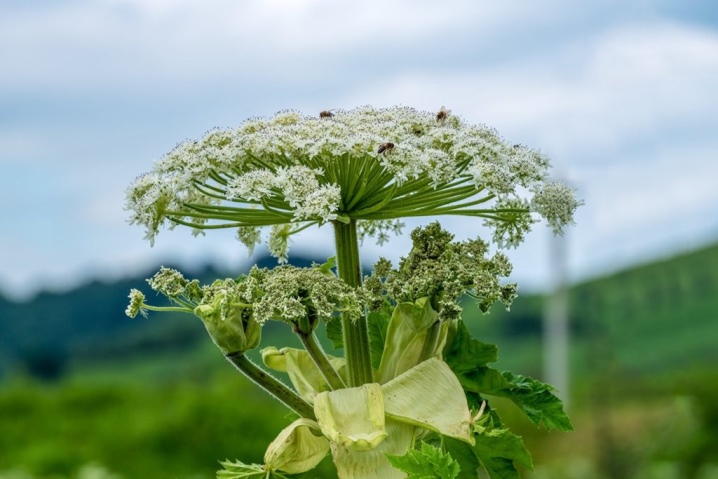
Infusion of nasturtium
The working composition is made from 400 g of grass, filled with 6 liters of water. The resulting composition is insisted for about a day, and then sprayed over the strawberry plantings every 7-10 days.
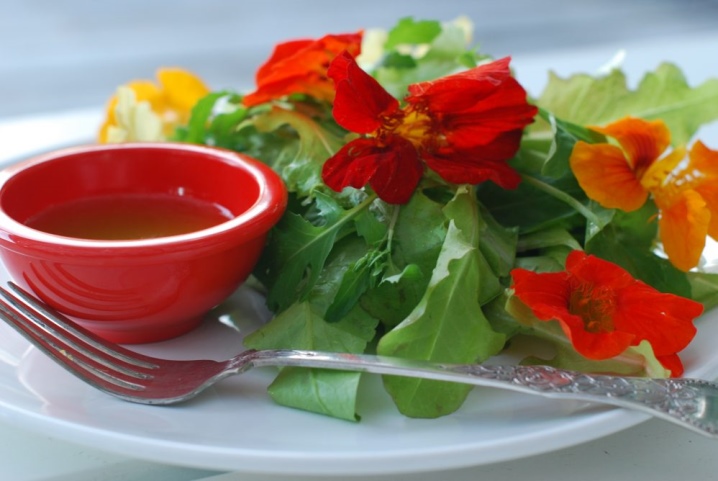
Agricultural techniques
Treatment of strawberry diseases caused by nematode damage is carried out according to a specific algorithm.
In the spring, it is necessary to revise the plantings, regularly inspecting the strawberry bushes. At the same time, the plant will need potash fertilizers and organic fertilizing. The best effect at this stage is wood ash.
During the growing season, planting three times treated with "Epin" and other means aimed at increasing the immune defense of the plant. All diseased plants should be dug up and irrigated with heated water.
After harvesting the fruits, toxic compounds will be needed. In autumn, phosphorus-potassium substances must be added to the substrate.
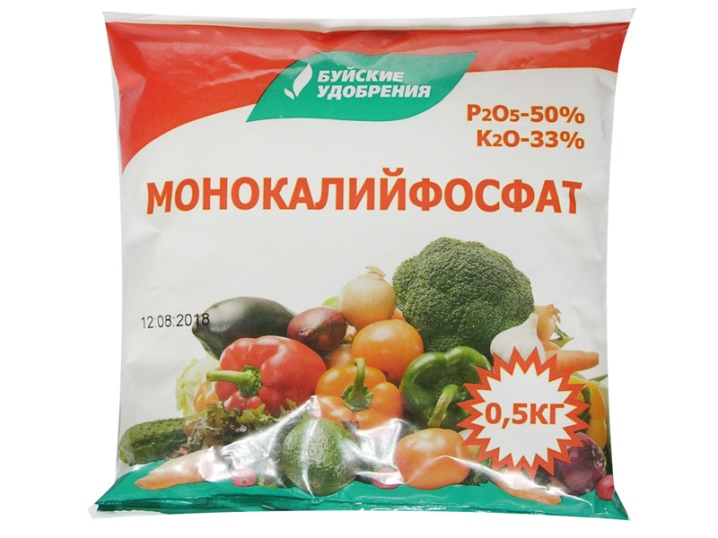
Prophylaxis
To prevent the growth of the nematode colony, you need to take only healthy seedlings. Before choosing the planting material, it is necessary to carefully examine, focusing special attention on the condition of the roots. But even without visible symptoms of infection, it is advisable to water the roots with heated water before planting on open areas of the roots.
The substrate on the site must be composted. Moreover, this should be done not only before the planting of seedlings, but also during the entire time of growth and development of culture. Active forms of bacteria are abundant in compost, they will allow the nematode to lime. Stick to a crop rotation. The location of the strawberry beds should be changed every 3-4 years. This measure will help prevent the total spread of worms across the site.
It is worth planting marigolds, as well as calendula or nasturtium, along the perimeter of the garden. Through their roots, these flowers secrete specific substances that have the property of repelling worms. It will not hurt to lay Drummond, Gaillardia or Rudbeckia in the aisles. The smell of ammonia has a deterrent effect.
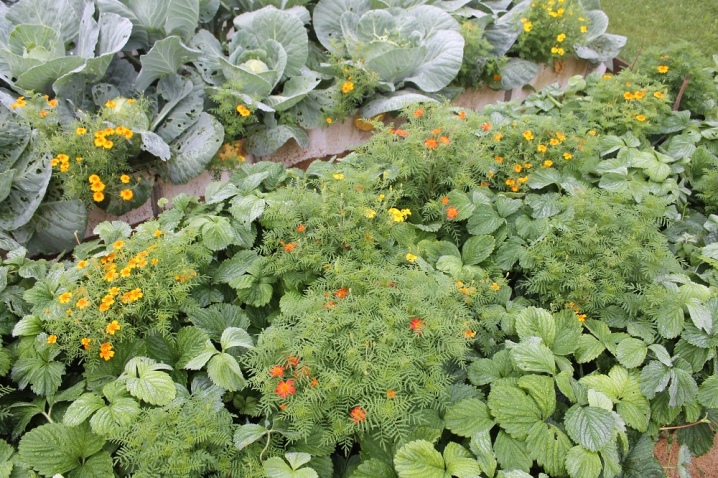
Unsuitable neighbors for garden strawberries are potatoes, tomatoes, cabbage, as well as carrots and legumes.
In spring and autumn, remove all plant residues from the territory, it is advisable to burn them outside the garden area. This measure will help to breed individuals that have settled for wintering in the fall and were able to successfully survive it.
When planting new seedlings, try not to thicken them too much. Care for strawberries, weed and thin out periodically.
By following these simple measures, you can significantly reduce the nematode population.
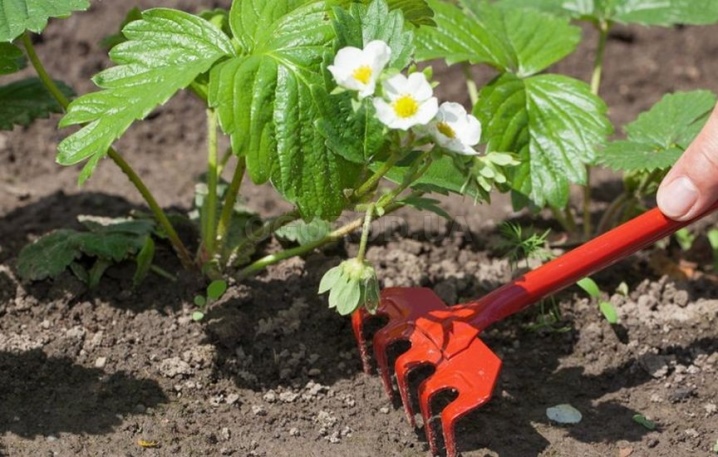
Resistant varieties
There are no hybrids that are resistant exclusively to nematodes. But scientists were able to breed many varieties of strawberries with high immunity that successfully resist infections, insect pests, and also worms. The list of the most resistant varieties includes:
-
"Granddaughter";
-
"Rocket";
-
"Pearl";
-
"Festivalnaya";
-
"Saxony";
-
"Dessert".

In conclusion, we will briefly dwell on the typical mistakes gardeners make in the fight against the roundworm.
-
Use of insecticides. Preparations of this group have an effect exclusively for the extermination of insects.
-
Send diseased bushes to the compost heap... Eggs and larvae of roundworms easily endure the winter, and after the introduction of biofertilizers they begin to spread throughout the cultivated area.
-
Do not get rid of sick bushes... If 1-2 plants wither, their seedlings must be removed. This will prevent infection of all strawberry beds.
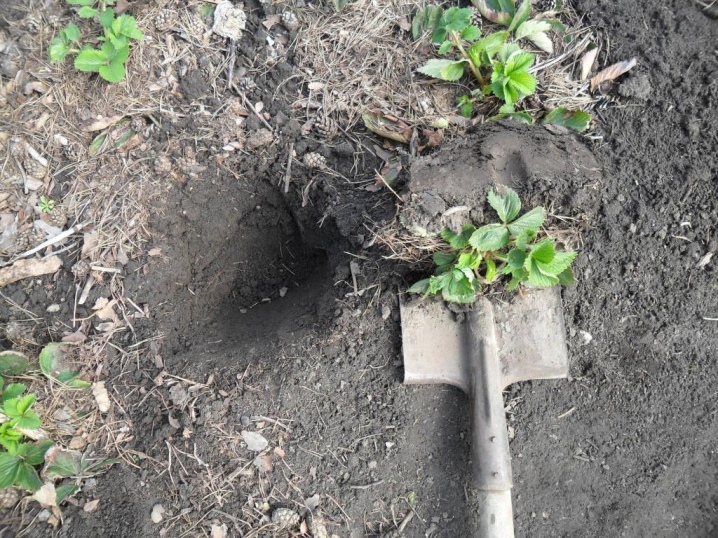
The nematode on strawberries is described in the next video.













The comment was sent successfully.